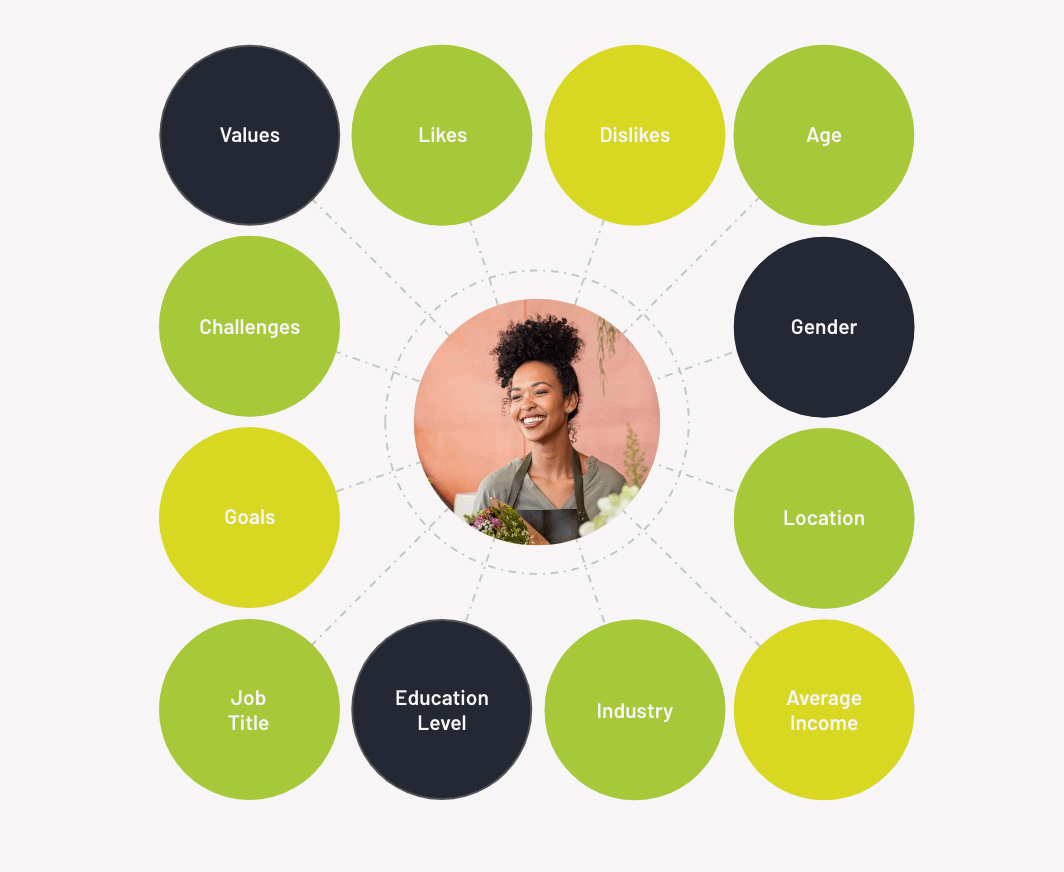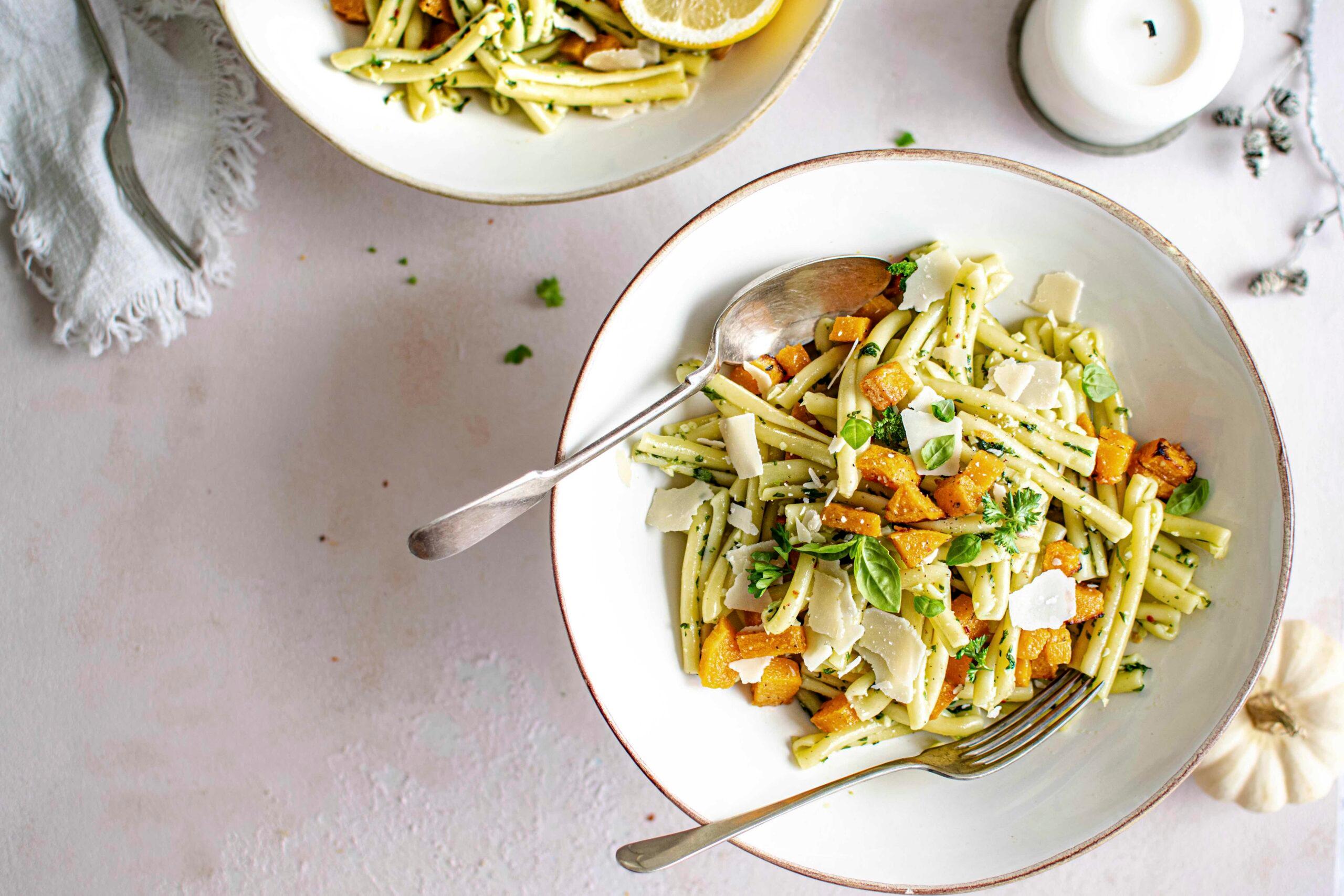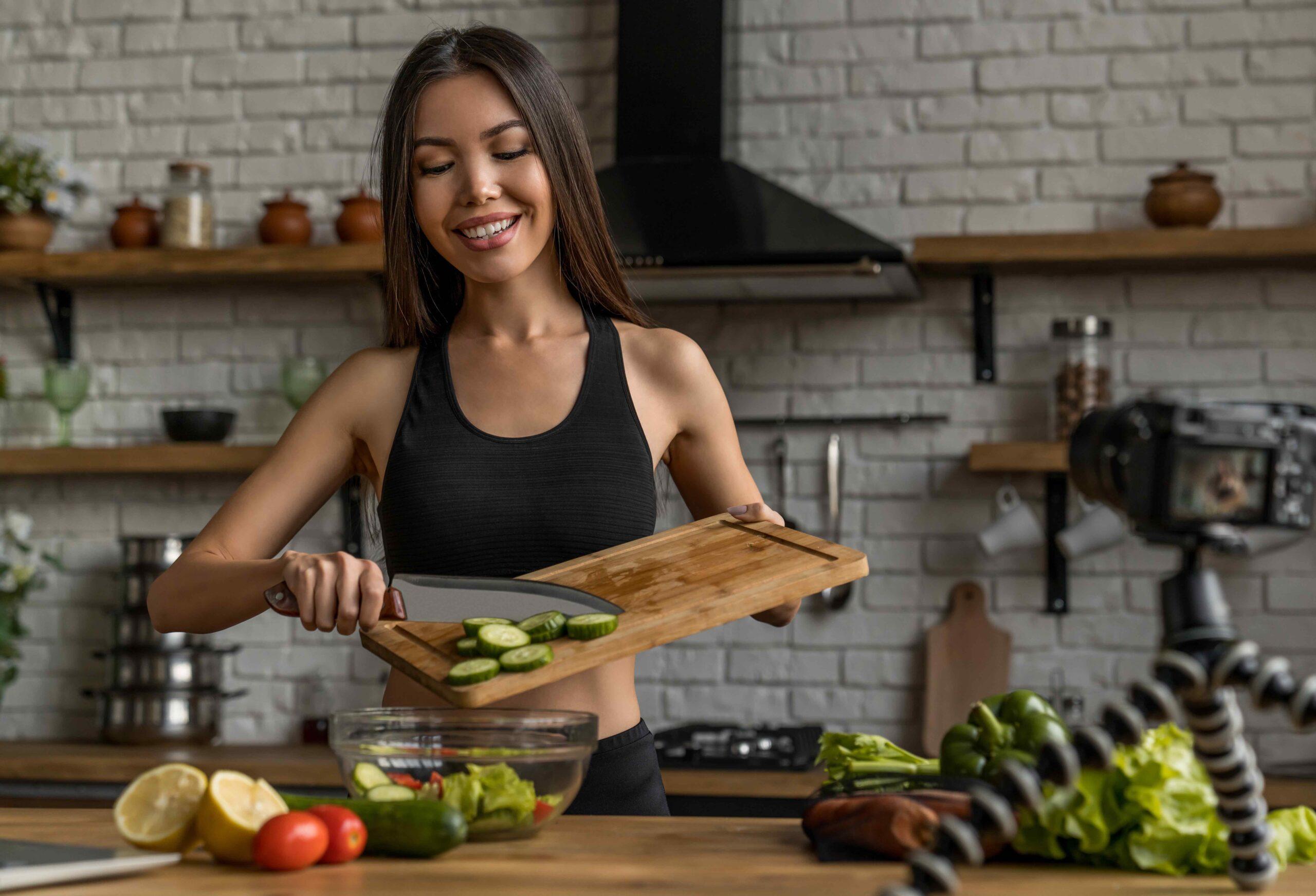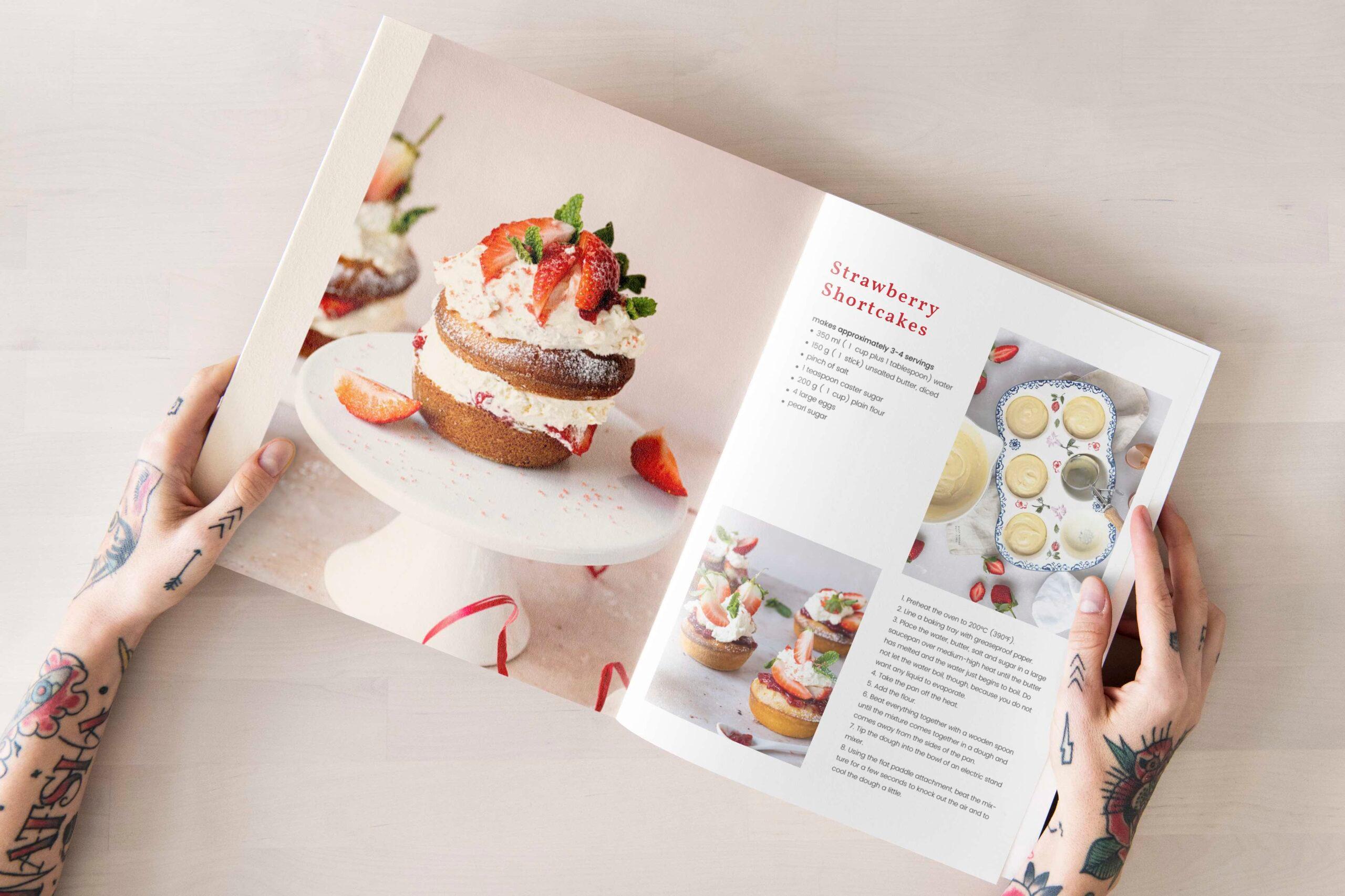Considering content marketing to drive success for your restaurant website? We’re here to help!
Now you’ve taken your restaurant online, it’s time to drive traffic to your website and get more customers. That’s where a strategic content marketing plan comes in. Whether you’re already posting regular blog posts, have only just started to think about digital marketing or are well versed in all things content, we’ve gathered our top tips to help you get more table reservations and online orders.
Customer Profile
First things first, it’s key that you truly understand your target audience and prospective customers before creating your marketing plan. In order to do this, you’ll need to make at least one customer profile but preferably a few profiles that represent your key target customers. Use the template below to guide your efforts and utilise primary research (such as quizzes on social media or surveys) to inform your key customer profiles.
As restaurants often have broad audiences, it’s key that you capture the personalities and preferences of your core customers to ensure that your content is valuable and engaging for them. Furthermore, identifying key customer profiles will also enable you to segment your audience and target key pieces of content to different audiences in the best ways possible.
Types Of Content
Now you’ve got your customer profiles down to a tee, you’ll probably have an idea of which forms of content will land best with each audience segment. For example if you’re marketing to Gen-Z, it’s likely that you’ll utilise video content and post across various social media platforms as this generation hugely favours video over static content. However if you’re targeting Baby Boomers, you are likely to write more articles and blog posts as this generation is more likely to take the time to read an article in its entirety.
We’ve gathered various types of content to inspire you and get you started with your content marketing plan!
Blog Posts – Blog posts are brilliant for providing value for your customers and also excellent for boosting your SEO efforts. Whether you talk about the latest industry news, local events, new team members joining the team or share your favourite restaurants in Italy, there are an abundance of ways a blog can add tremendous value for customers. It’s good practice to research SEO keywords before writing your articles to ensure you maximise their potential and familiarising yourself with Google’s E-E-A-T framework will also enable you to bring about new opportunities!
Recipes – Another brilliant form of content is recipes. Whether you decide to share a few token recipes on your website or create a designated area that is only accessible when a customer enters their email address, there are various ways you can share valuable recipes with your audience, without giving all of your trade secrets away!
Cooking Tutorials – If you want to go one step further than simply sharing recipes, why not film your own cooking tutorials to show your audience that you’re the real deal. Video tutorials offer incredible value to your audience and will instantly build trust with customers. Whether you share these tutorials on social media channels, Youtube or create a designated area to house them within your website, they are brilliant for attracting an engaged audience and will quickly build momentum and awareness for your brand.
Food Photography – No matter where you are sharing content, high-quality and irresistible food photography is absolutely essential for any restaurant business. At the end of the day, the proof is in the pudding! So showcase your restaurant’s dishes in their best light and don’t scrimp on time or effort when it comes to capturing your restaurant’s delicious food. If you need a helping hand when it comes to photography, read our guide to food photography.
Podcasts – Finally, podcasts are a brilliant way to spread the word about your restaurant. Having informal and insightful conversations with other restaurant owners, food connoisseurs, influencers and other relevant individuals is a brilliant way to show the essence of your restaurant and build not only brand awareness but also customer trust. Why not house your podcast episodes and additional information within your restaurant website to enhance the customer experience even further?
Content Calendar
Now you’ve got your customer profiles and identified the types of content you wish to use, you can begin to work on your content calendar. Start by identifying key dates or events that you wish to promote, for example Valentine’s Day, Christmas or even the launch of your brand new menu! By working backwards from each of your key dates, you’ll have a better idea of what content you need to prepare in advance and will give you the chance to make it as valuable as possible for your audience.
Organise photography, content creation, recipes and other materials in advance and utilise a social media scheduling tool such as Hootsuite to ensure that all of your brilliant content is published at exactly the right time!
Measurement & Analytics
Finally, measuring the results of your content marketing efforts is just as important as creating the content itself! Ensure you make time (at least once a month) to go through your Google Analytics and social media stats to see if you’re heading in the right direction. However, it’s important than you remain patient as building a strong online reputation takes time but when it works, you’ll be amazed with the results!
For more help with SEO and content marketing, don’t hesitate to get in touch!














